Poses of Art History: Contrapposto
I have been taking inspiration for the poses of my paintings from art history. For this reason i thought it would be nesscasry to know and understand the poses adopted by artists throughout history.
Contrapposto is an Italian term that means “counterpoise”. It is used in the visual arts to describe a human figure standing with most of its weight on one foot, so that its shoulders and arms twist off-axis from the hips and legs in the axial plane.
Contrapposto may be used for draped as well as nude figures. The Greeks invented this formula in the early 5th century bc as an alternative to the stiffly static pose—in which the weight is distributed equally on both legs—that had dominated Greek figure sculpture in earlier periods.
This was considered the perfect pose because it’s a very natural, very “human” stance.
Michelangelo’s statue of David is a prime example of this pose.
in the following article in artsy net 6 Art-Historical Poses You Should Know - Artsy , they note the conceptual artist Bruce Nauman’s attempt to recreate the pose while moving through a narrow passageway in his 60-minute video performance Walk with Contrapposto (1968). The writter comments on unnatural awkwardness that doesn’t relate to the effortlessness the greek’s hoped it would have.
Looking at this pose, although it may be unnatural for a daily stance, you can see its influence on popular culture. The bucked hip, bent knee and arched foot is often adopted by younger generation females when taking photographs to enhance their curves. The pose is still very much unknowingly relevant in todays society.




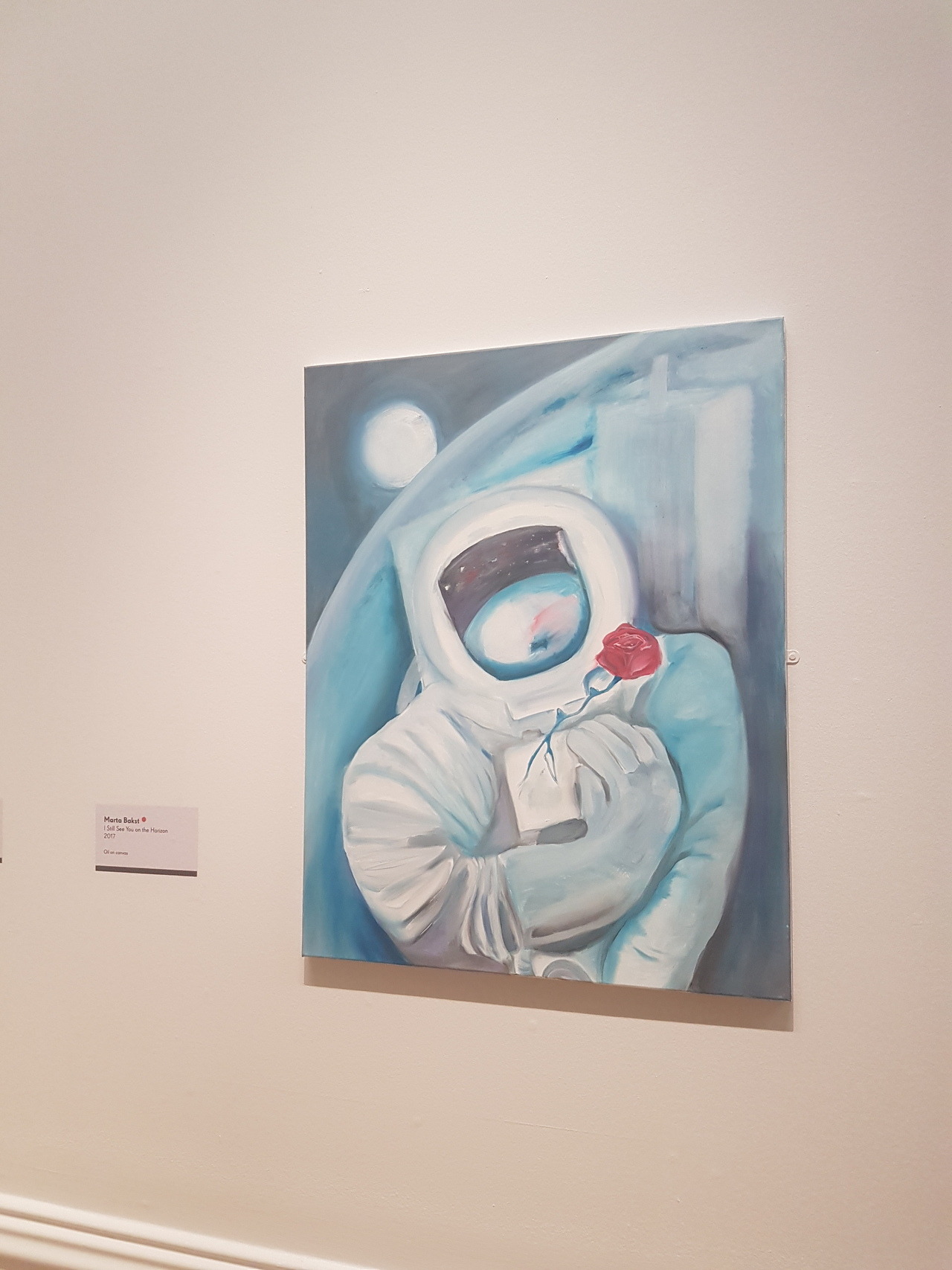
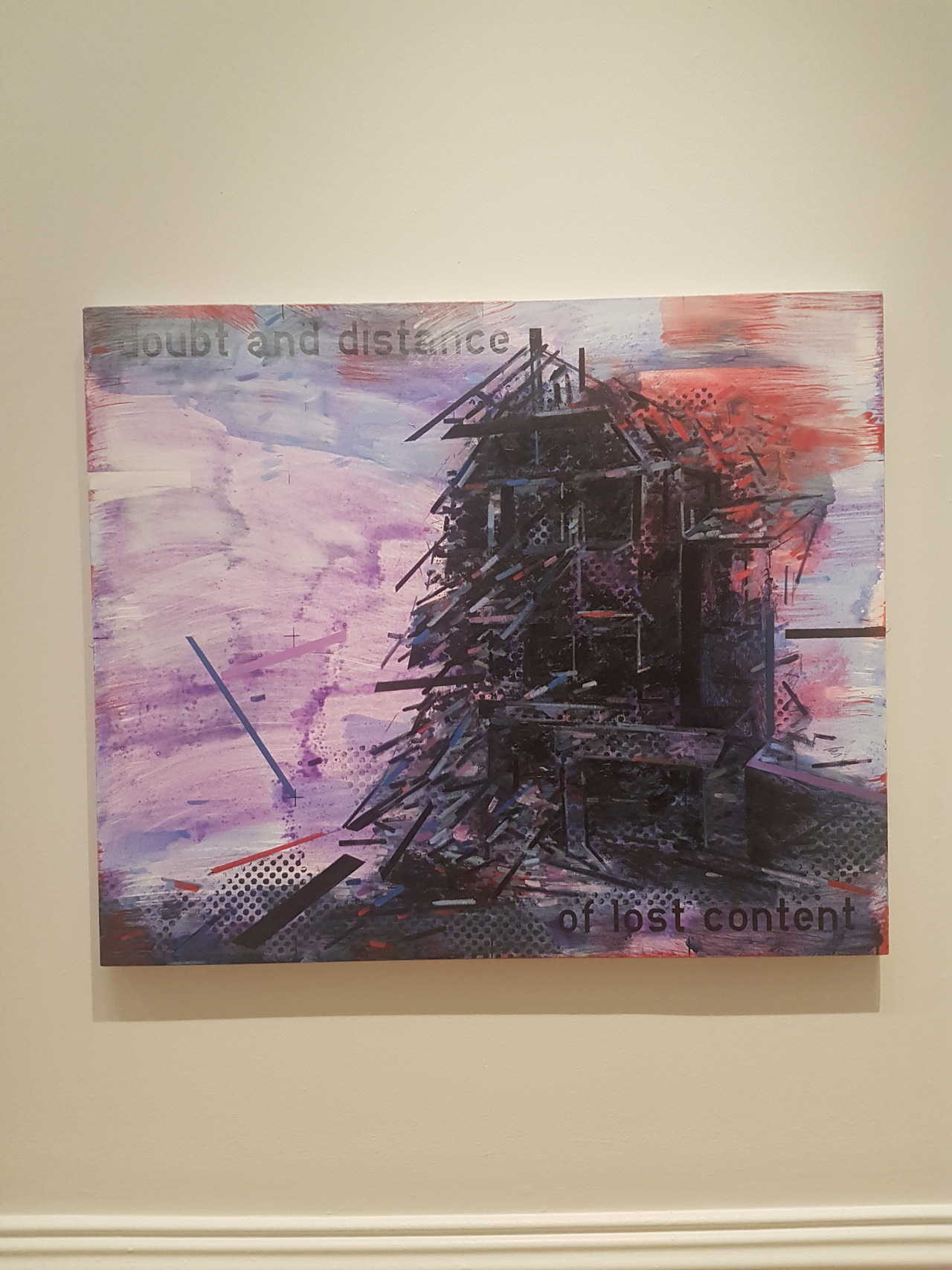
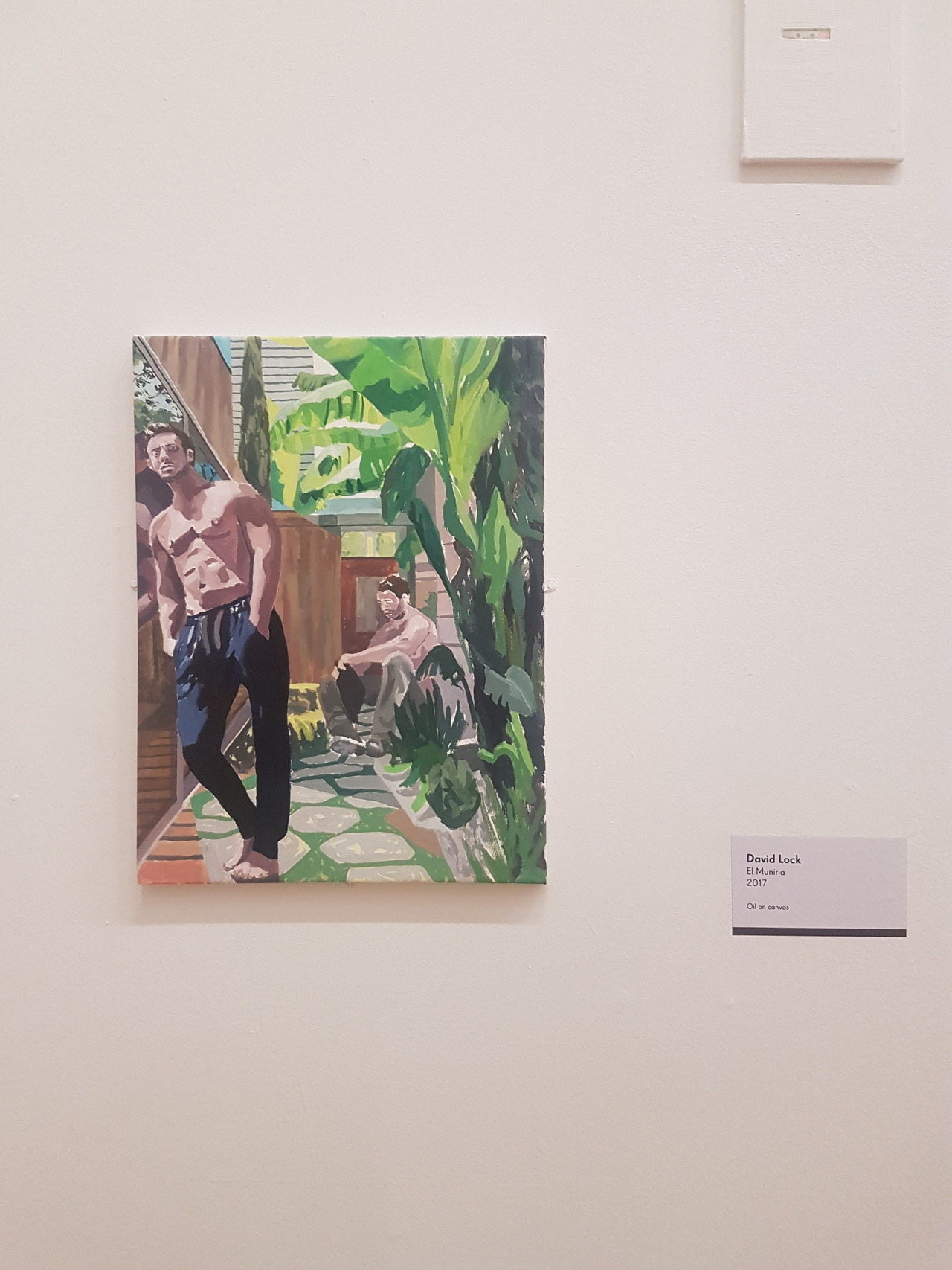




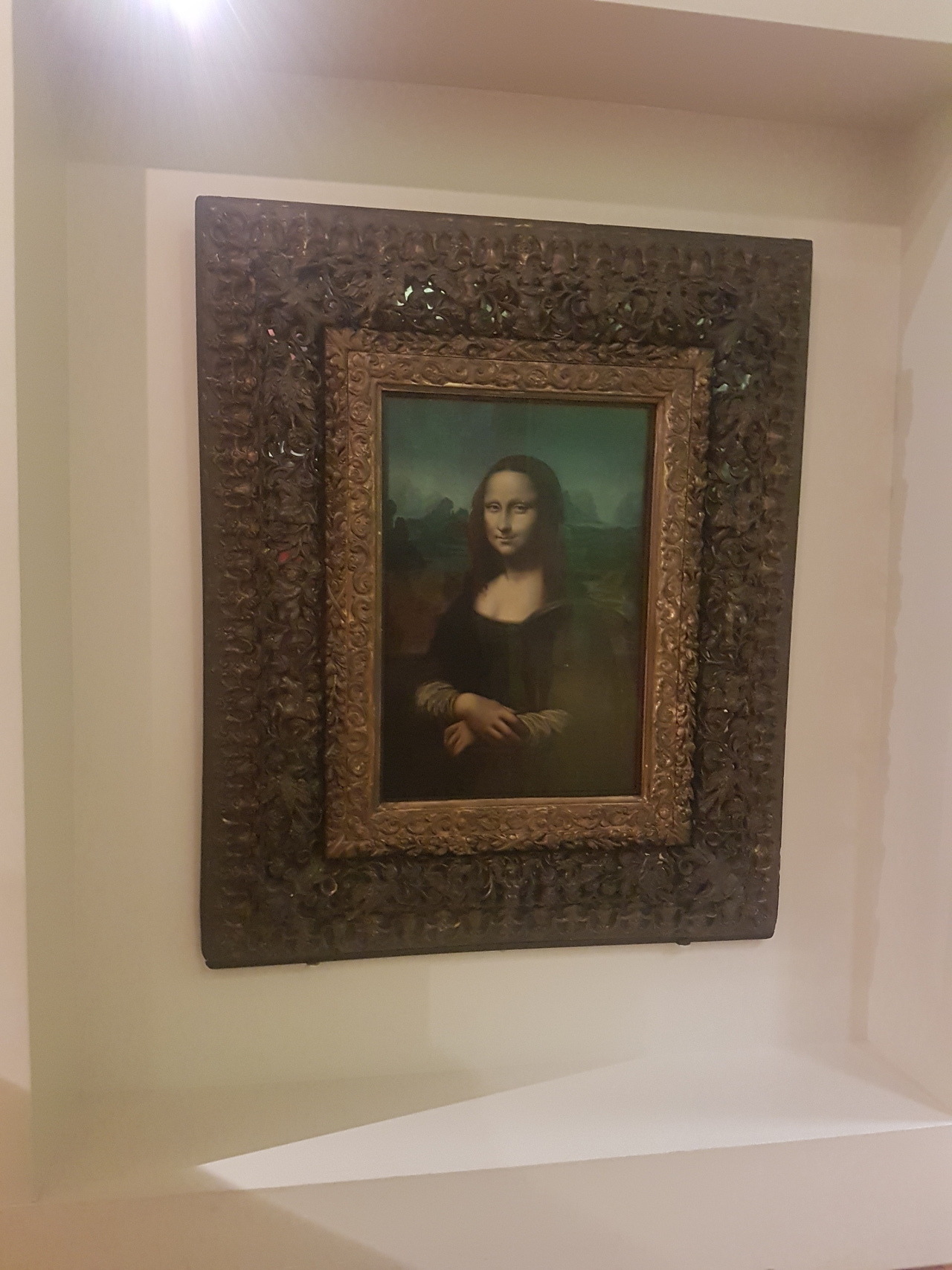

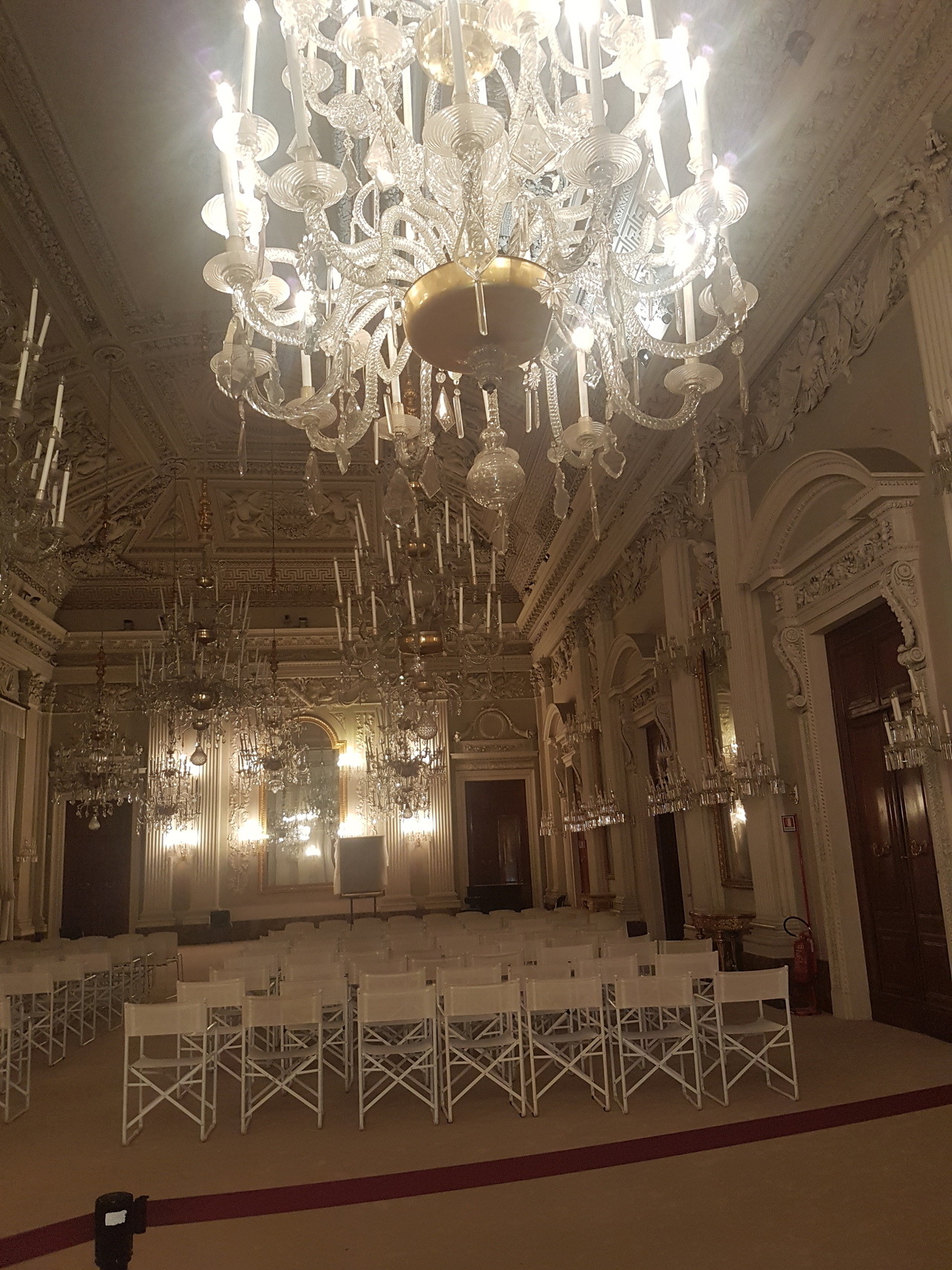


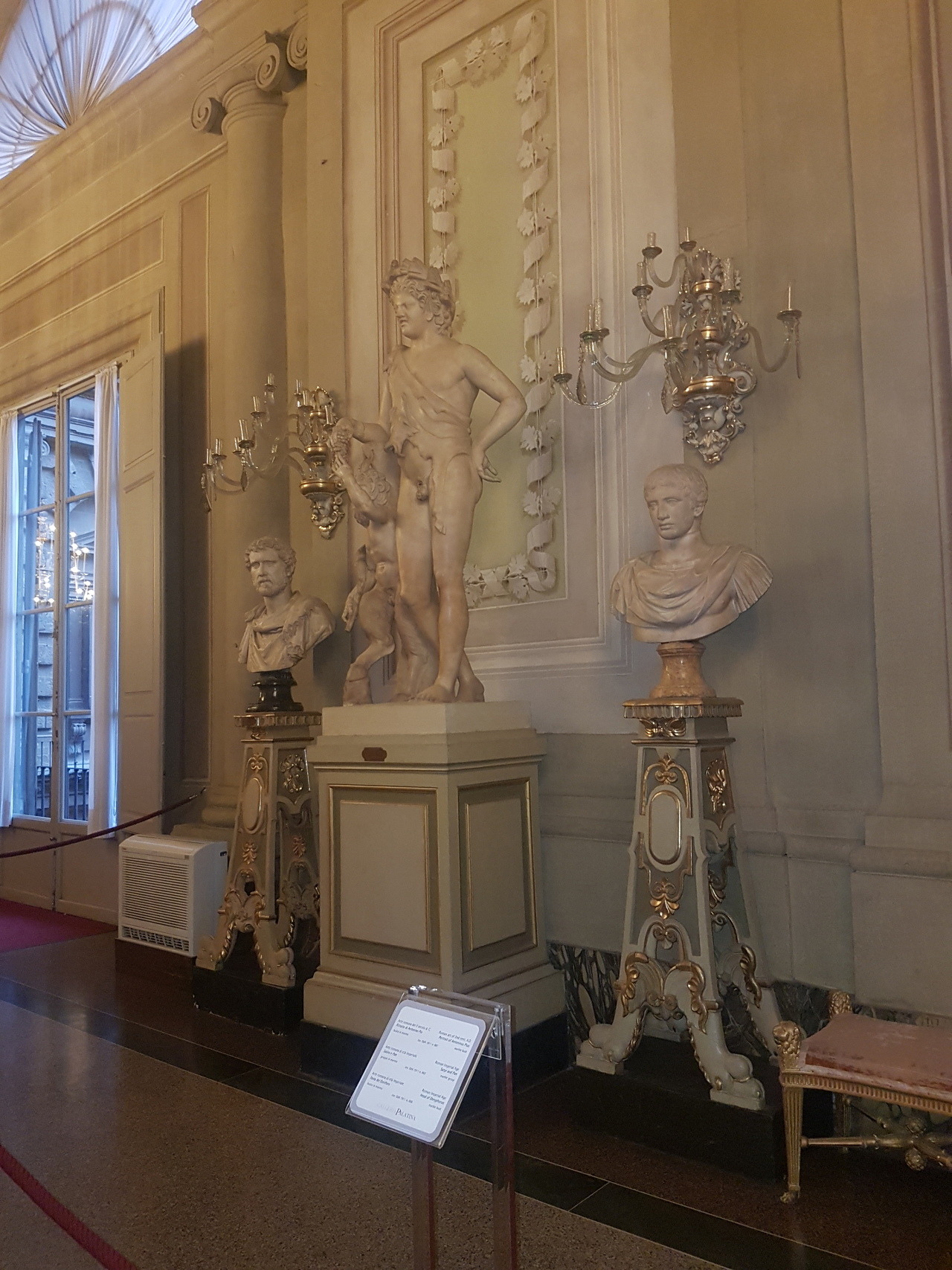


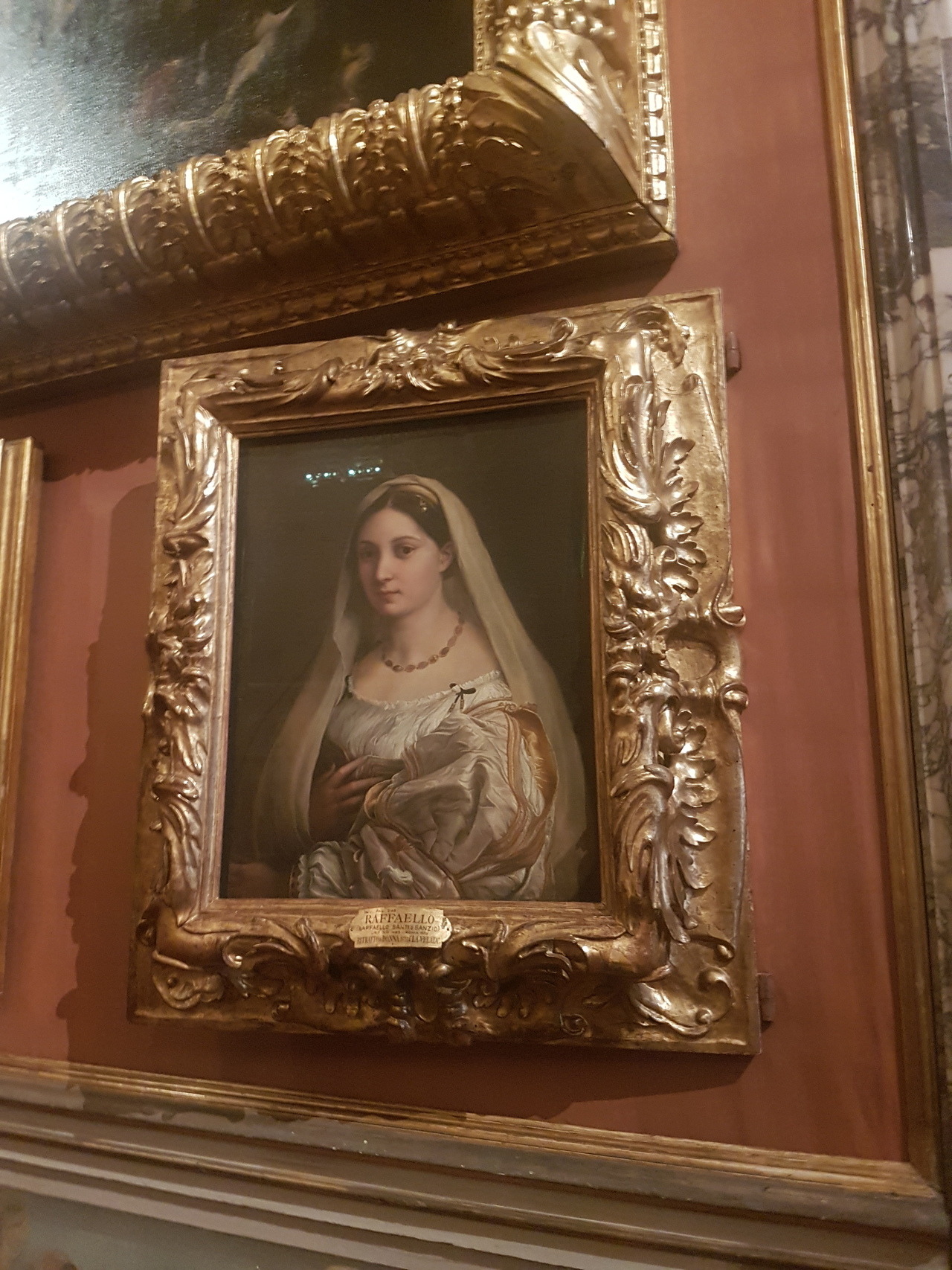

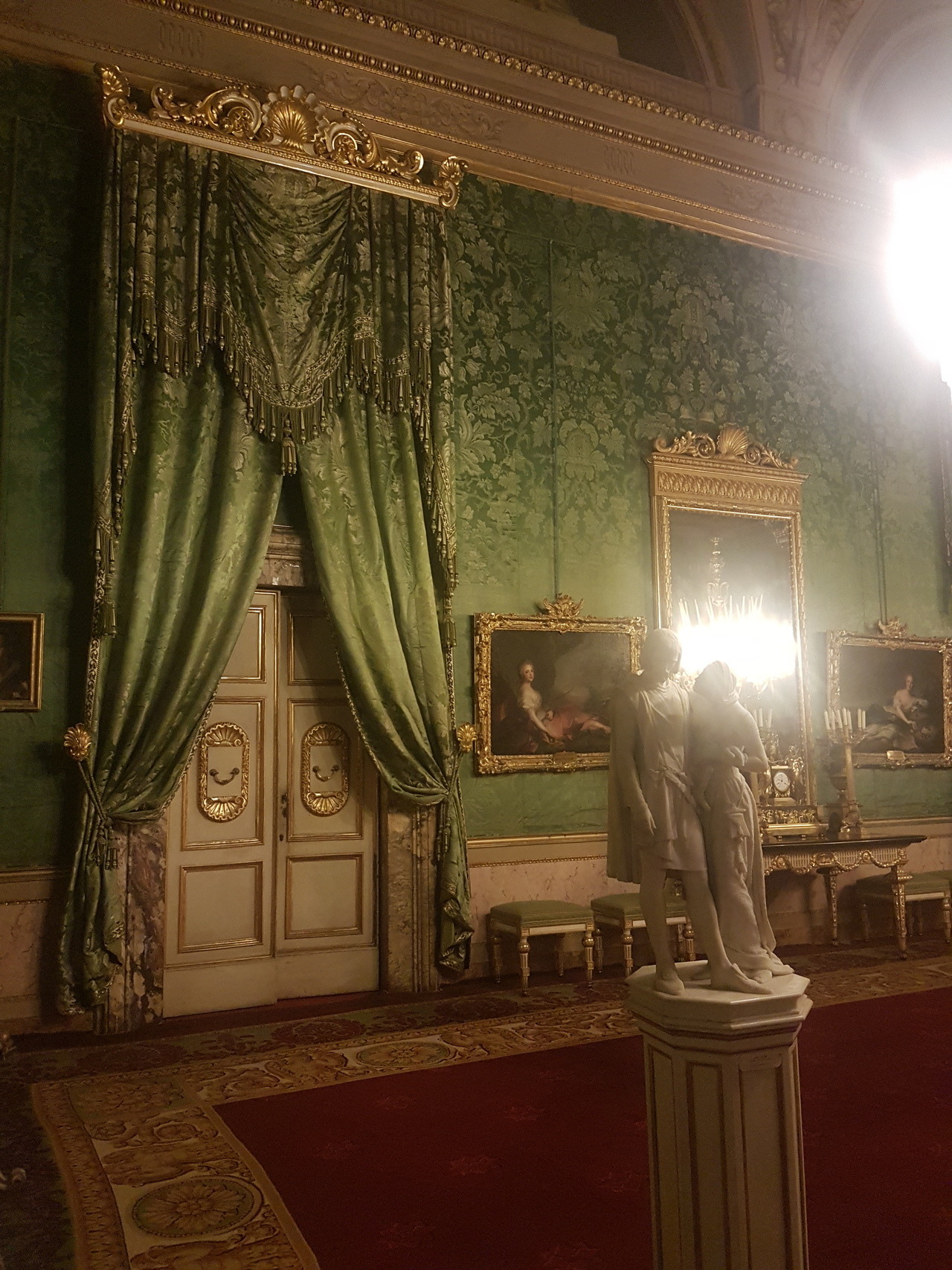

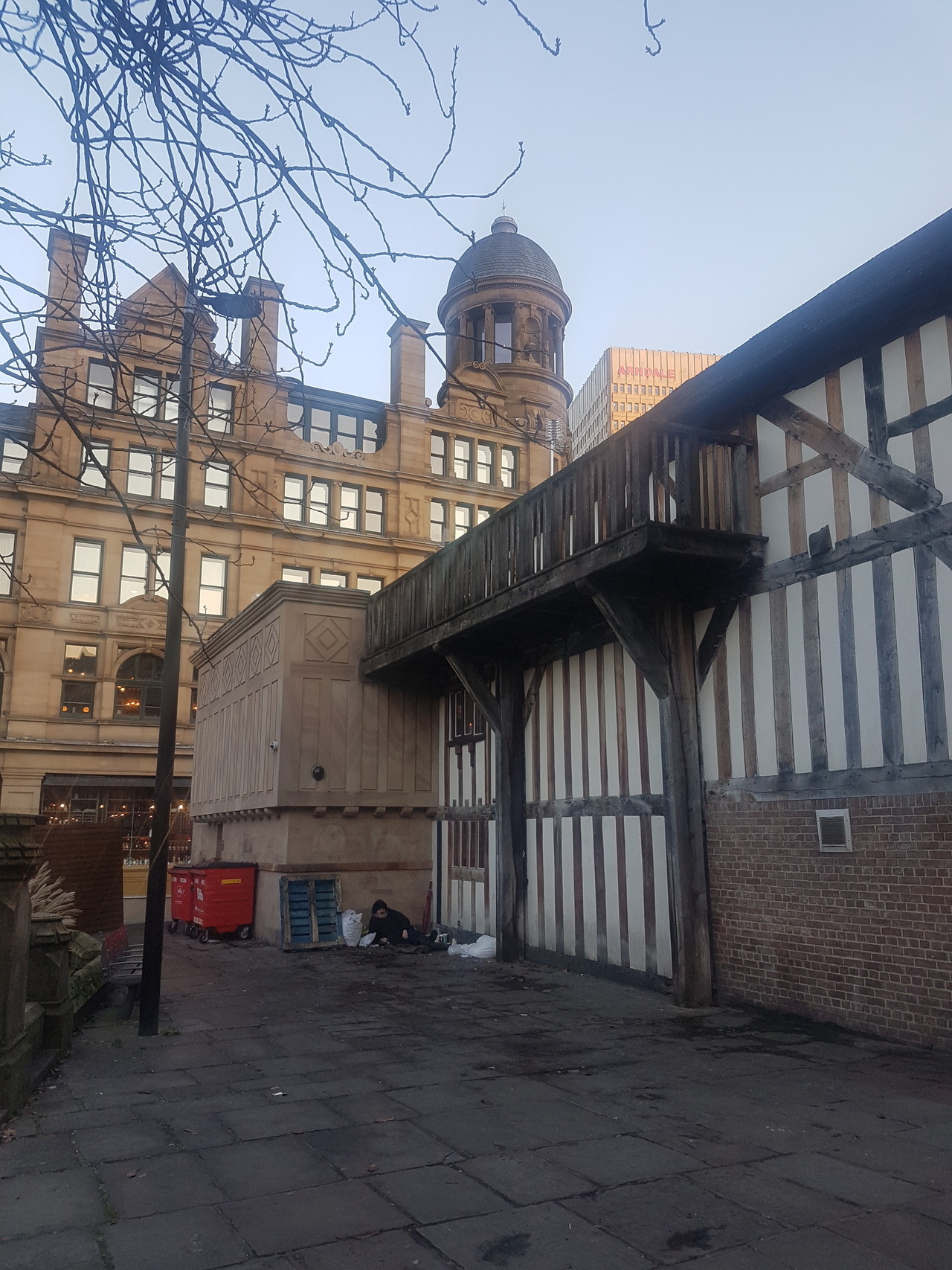

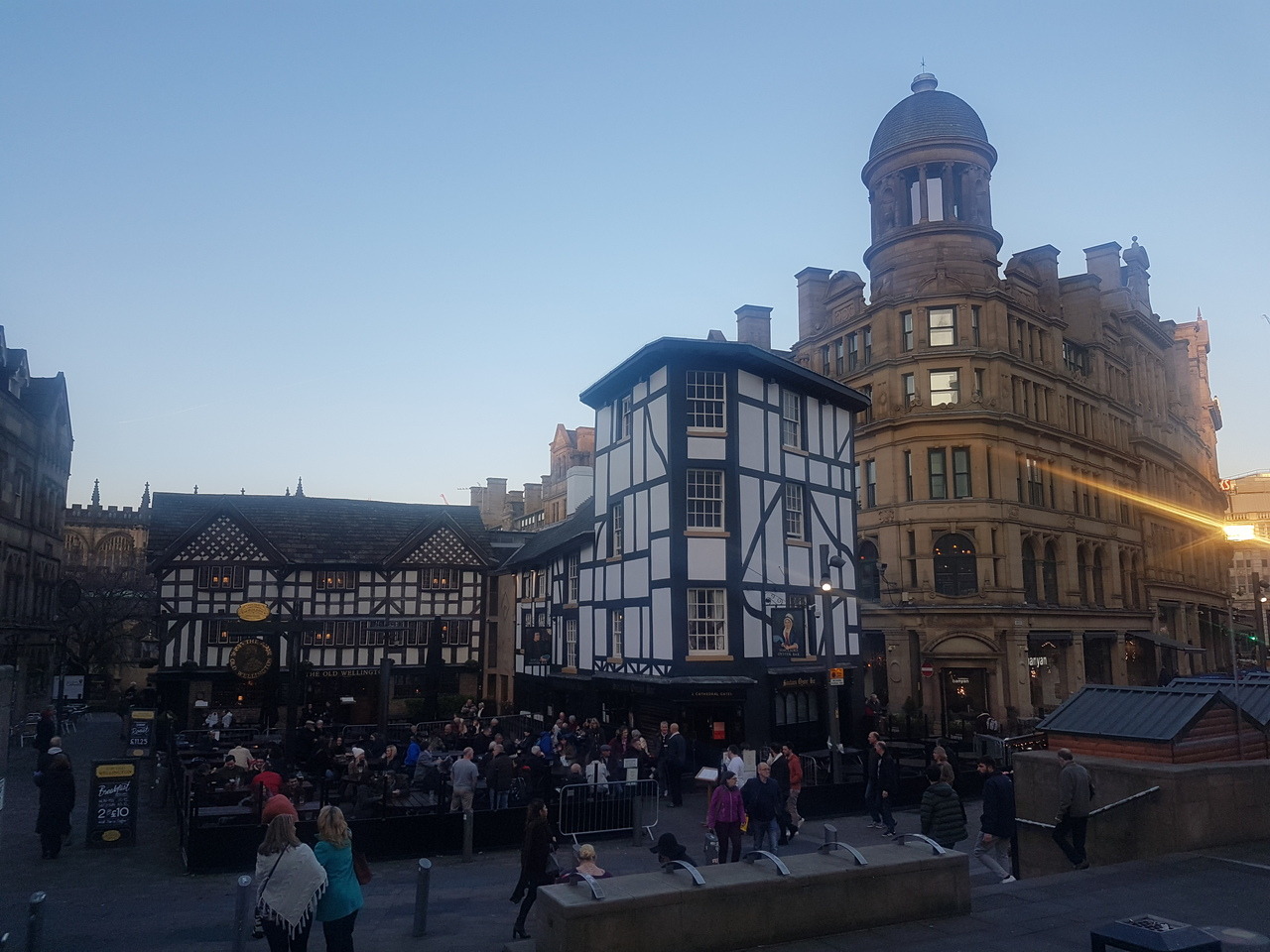

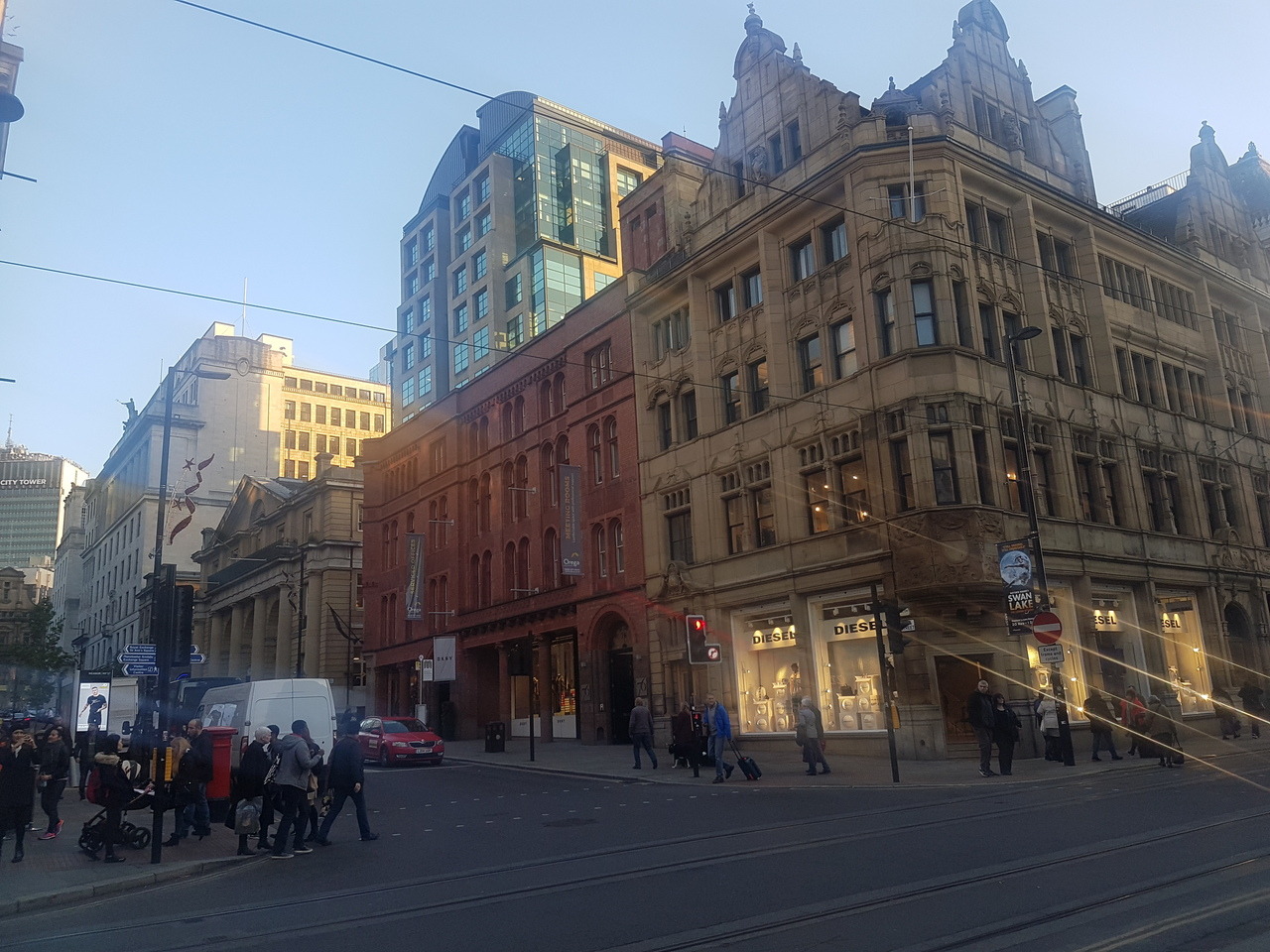



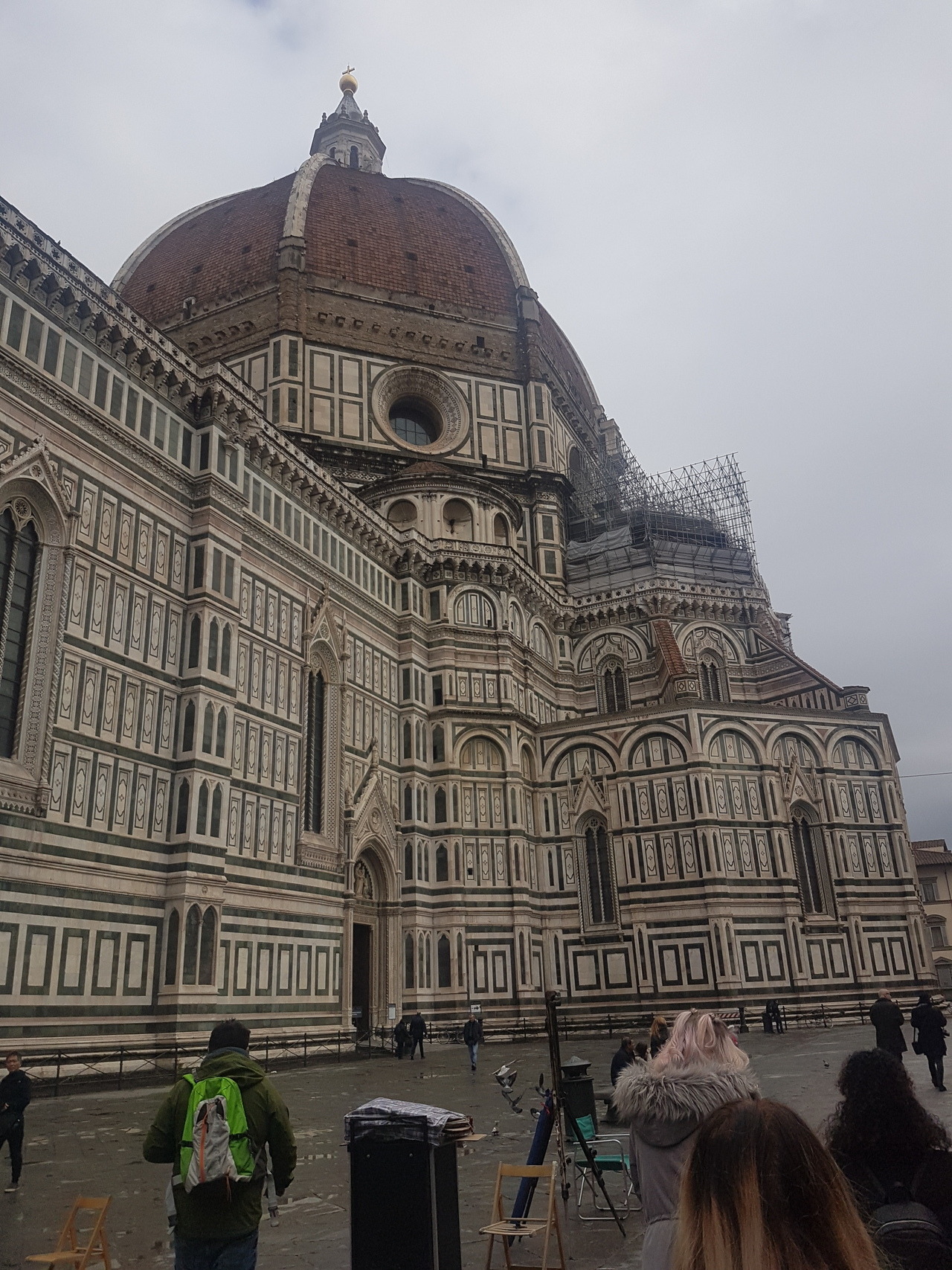


 emiemiliaart
emiemiliaart